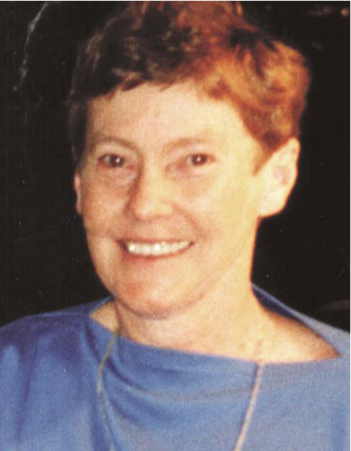Quinn Is Elected Vice President of APS
DOI: 10.1063/1.1445562
The American Physical Society has elected Helen Quinn, a research physicist at SLAC, vice president for 2002. Taking office 1 January, she succeeds Myriam Sarachik and will become president-elect in 2003 and president in 2004. This marks the first time APS has had consecutive women vice presidents.
“We must work together with other science-based professional societies to ensure that the need for both basic and applied research and the interconnections between basic work in one area and later applied work are understood,” says Quinn. She adds that the society must also ensure that physicists are aware when science-related issues are before Congress, and facilitate activities to help physicists’ voices contribute effectively to the political dialogue.
Quinn received three degrees in physics: a BS in 1963, an MS in 1964, and her PhD in 1967, all from Stanford University. She held postdoctoral positions at the German Electron Synchrotron and at Harvard University, and became an assistant professor of physics at Harvard in 1972. In 1979, she moved to SLAC, where she currently focuses on the phenomenology of B mesons, in particular whether their decays, including charge conjugation-parity violation decays, conform to the Standard Model. Quinn is active in physics education outreach, and is especially involved in the training of physics teachers.
In other APS election results, also taking office on 1 January will be the new chairelect of the APS nominating committee, Susan Seestrom, director of the physics division at Los Alamos National Laboratory. The new APS international councillor will be T. Maurice Rice, a professor with the Institute for Theoretical Physics at the Swiss Federal Institute of Technology (ETH). The two new members of the APS general council are Frances Houle, a researcher in the science and technology department at the IBM Almaden Research Center in San Jose, California, and Gerald Mahan, distinguished professor of physics at Pennsylvania State University.


